Feeding a Mastiff, a breed known for its impressive size and gentle demeanor is a task that requires knowledge and understanding of their specific dietary needs. These large canines require a balanced diet to support their hefty build and to prevent health issues associated with improper nutrition. The key is to provide the right amount of calories and nutrients to maintain their muscular physique and overall health. This article delves into the nuances of feeding a Mastiff, offering approximate food amounts and monthly cost estimates.
1. Assessing Your Mastiff’s Dietary Requirements
Mastiffs are a breed that comes with a large frame and a calm temperament. Their dietary needs are quite different from other breeds due to their size and lower energy levels. A Mastiff’s diet should be rich in proteins to support muscle strength, fats for energy, and carbohydrates for digestive health, along with essential vitamins and minerals. The amount you feed them should cater to their age, weight, activity level, and any special health considerations.
2. Daily Food Quantities for Mastiffs
Determining the right amount of food for a Mastiff depends largely on the dog’s weight and the type of food you’re providing. On average, an adult Mastiff may require anywhere from 6 to 8 cups of dry dog food per day, divided into two meals. These amounts can fluctuate depending on the food’s caloric density. Always start with the lower end of the feeding guide and adjust as needed based on your Mastiff’s body condition and activity level.
3. Mastiff Puppies and Their Growing Appetites
Mastiff puppies, while smaller in size, have a greater energy requirement for growth compared to adults. Puppies should be fed a diet specifically formulated for large breed puppies. Feeding could range from 3 to 6 cups a day, spread over three to four meals. It’s crucial to follow a growth chart and consult with a veterinarian to avoid overfeeding, which can lead to skeletal problems in large breeds.
4. Feeding the Adult Mastiff
An adult Mastiff’s metabolism slows down compared to their puppy stage. This means they require fewer calories per pound of body weight. It’s imperative to monitor their condition and adjust food intake to prevent obesity, which can lead to joint issues and other health complications. Regular exercise is also an important factor in determining how much food they need.
5. Nutritional Needs of Senior Mastiffs
Senior Mastiffs are less active and have a slower metabolism, necessitating a reduction in daily caloric intake to avoid weight gain. Senior-specific dog foods, which are lower in calories and higher in fiber, can help maintain a healthy weight and support joint health.
6. The Impact of Activity Level on Feeding
Active Mastiffs will require more calories than their sedentary counterparts. If your Mastiff is involved in regular exercise or working activities, their food intake might increase by 20-30% compared to the standard recommendation. However, it’s important to provide these additional calories through nutritious food rather than treats.
7. Health Considerations in Feeding
Certain health conditions may require dietary adjustments. Mastiffs prone to bloat should have multiple smaller meals a day, and those with specific health issues like kidney disease or allergies may need a special diet prescribed by a veterinarian.
8. Calculating the Cost of Feeding a Mastiff
The monthly cost of feeding a Mastiff can range significantly based on the quality of food you choose. Basic commercial dog food may cost around $80 per month, while premium or specialized diets can exceed $150 monthly. Buying in bulk, choosing store brands, and watching for sales can help manage costs without compromising on quality.
9. Choosing the Right Food for Your Mastiff
Selecting the right food involves looking at ingredient quality, protein sources, and the absence of unnecessary fillers. Foods labeled as complete and balanced, meeting AAFCO standards, are typically a good choice for Mastiffs.
10. Tips for a Healthy Mastiff Diet
Consistency in feeding times, avoiding human food, providing plenty of water, and regular weight checks are all part of maintaining a healthy diet for your Mastiff. Treats should not exceed 10% of their daily caloric intake, and you should always have fresh water available.
Our 5 Top Foods for Mastiffs
The diets were selected by our founder Justin Palmer, a certified canine nutrition expert, specifically with Mastiffs in mind:
| Food | Pros | Cons |
|---|---|---|
|
|
|
|
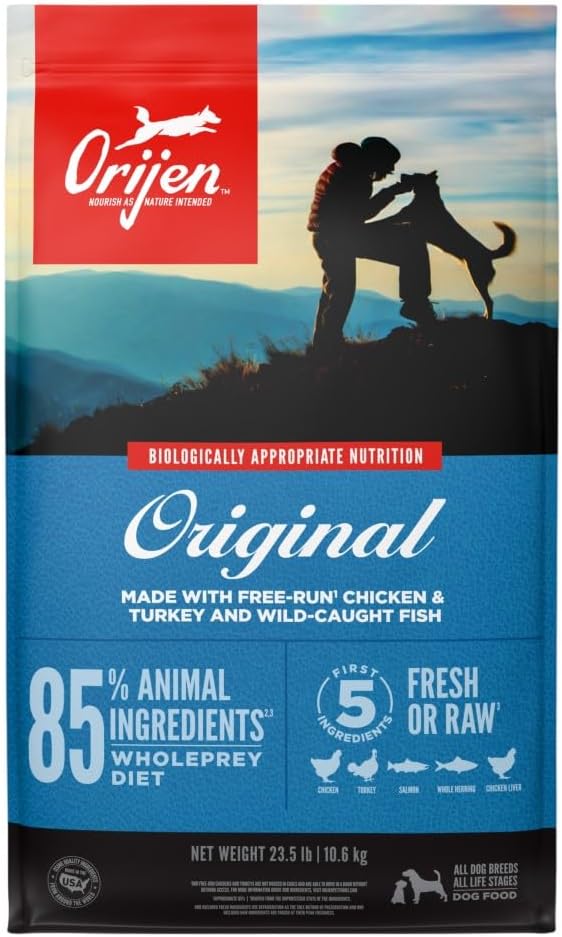
Check Today's Price on: |
|
|
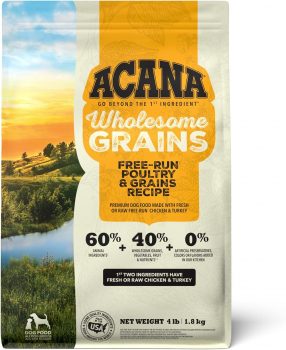
Check Today's Price on: |
|
|
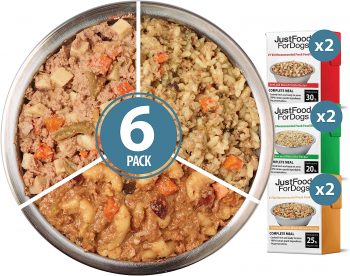
Check Today's Price on: |
|
|
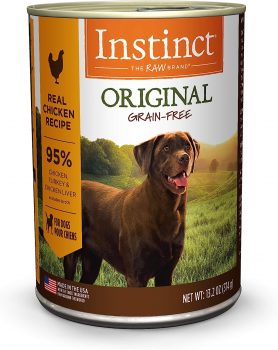
Check Today's Price on: |
|
|
Conclusion
Feeding a Mastiff requires a careful balance of nutrition, portion control, and regular monitoring. With the right approach, you can ensure your Mastiff remains healthy and happy throughout all stages of life. Consultation with a veterinarian for personalized advice is always recommended to cater to your dog’s specific needs. By providing a well-balanced diet and keeping an eye on their overall well-being, your Mastiff can thrive under your care.
Frequently Asked Questions About Feeding a Mastiff
1. What is the best diet for a Mastiff?
The best diet for a Mastiff is one that is high in protein to maintain muscle mass, with moderate fat for energy and limited carbohydrates to prevent weight gain. Look for large-breed-specific formulas that cater to their unique joint and bone health needs. Always ensure the food is appropriate for your dog’s life stage, whether they are a puppy, adult, or senior.
2. How much should I feed my Mastiff puppy?
Mastiff puppies require more food than adults due to their rapid growth. A general guideline is 3 to 6 cups of puppy-formulated food spread over three to four meals per day, depending on their age and size. Consult with a veterinarian to get a precise feeding schedule and portion size as overfeeding can lead to health issues.
3. How often should I feed my adult Mastiff?
Adult Mastiffs should be fed two times a day to maintain their blood sugar levels and manage hunger. Splitting their daily food allowance into two meals can also help prevent bloating, a common issue in large breeds.
4. Can Mastiffs eat a grain-free diet?
Mastiffs can eat a grain-free diet if it meets their nutritional requirements and if they have specific grain allergies or sensitivities. However, it’s essential to choose a grain-free option that is still balanced for their size and activity level, and be aware that some grain-free diets have been associated with health risks and should be discussed with a veterinarian.
5. Are there any human foods that are dangerous for Mastiffs?
Yes, certain human foods are toxic to Mastiffs and all dogs, such as chocolate, grapes, raisins, onions, garlic, and foods containing the sweetener xylitol. It’s best to stick to dog-specific foods and consult your vet before introducing any human food to your Mastiff’s diet.
6. How can I tell if my Mastiff is overweight?
If your Mastiff is overweight, you may not be able to easily feel their ribs, they may have a lack of a defined waist, and might show signs of decreased energy and difficulty in moving around. It’s important to have regular check-ups with the vet to monitor their weight and make dietary adjustments as necessary.
7. How do I switch my Mastiff to a new food?
To switch your Mastiff to a new food, gradually mix in the new food with the old over a period of about a week, increasing the amount of new food while decreasing the old. This gradual change helps prevent digestive upset. Watch for signs of allergies or intolerance, such as itching or gastrointestinal issues.
8. Do Mastiffs need supplements in their diet?
Some Mastiffs may benefit from supplements, especially for joint health, such as glucosamine and chondroitin. However, before adding any supplements to your Mastiff’s diet, consult with your veterinarian, as a well-balanced commercial dog food should provide all the necessary nutrients.
9. How much water should my Mastiff drink each day?
A Mastiff should have constant access to fresh, clean water. They generally need about one ounce of water per pound of body weight per day, but this can increase with hot weather or increased activity. Always monitor your Mastiff’s water intake and encourage them to drink regularly.
10. What should I do if my Mastiff doesn’t want to eat?
If your Mastiff is not interested in eating, it could be due to a variety of reasons, including illness, dental issues, or a problem with the food itself. If the lack of appetite persists for more than a day, it is crucial to consult your veterinarian to rule out any health concerns and to determine the best course of action.
 Check Today's Price on:
Check Today's Price on: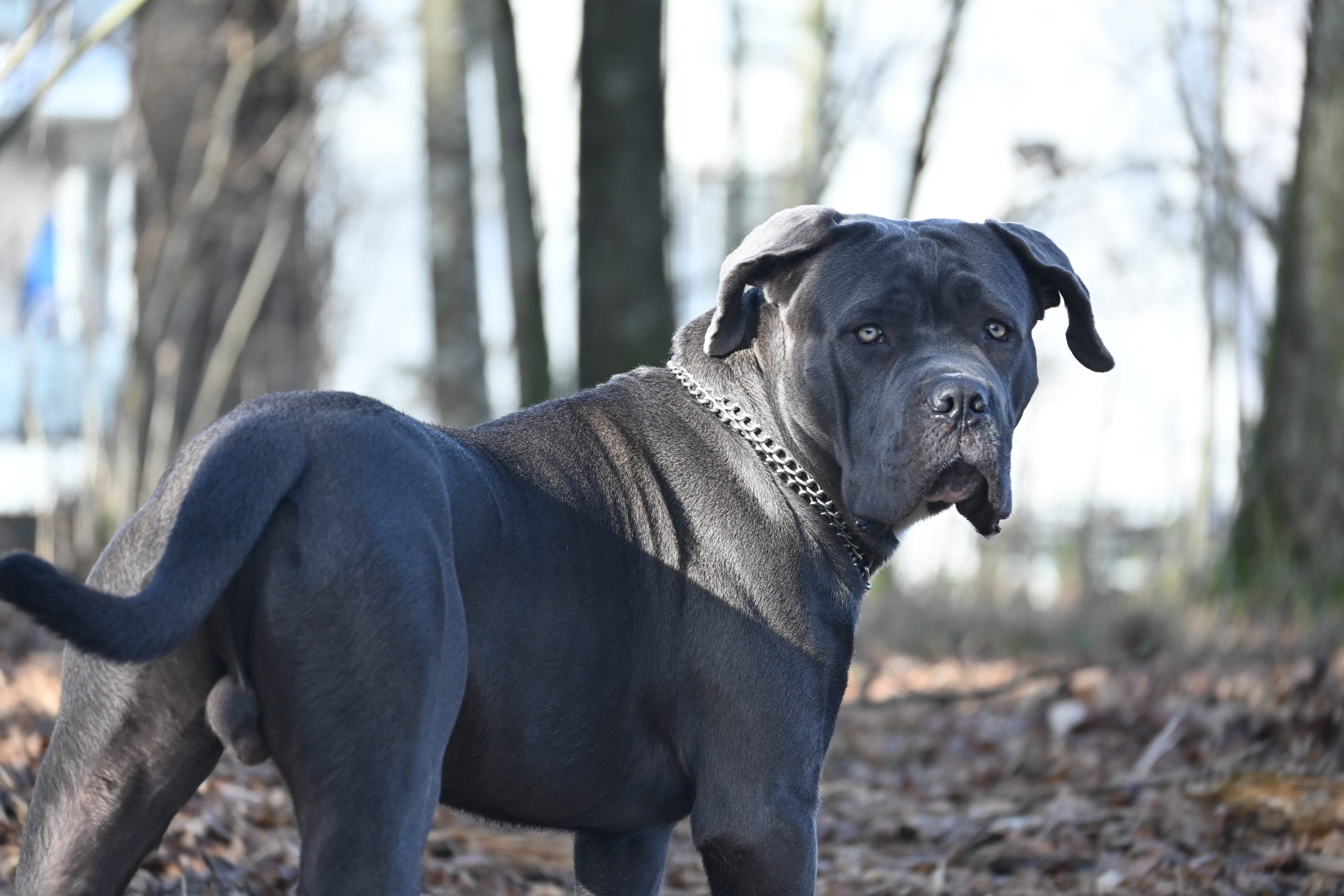
 Toledo, United States.
Toledo, United States.